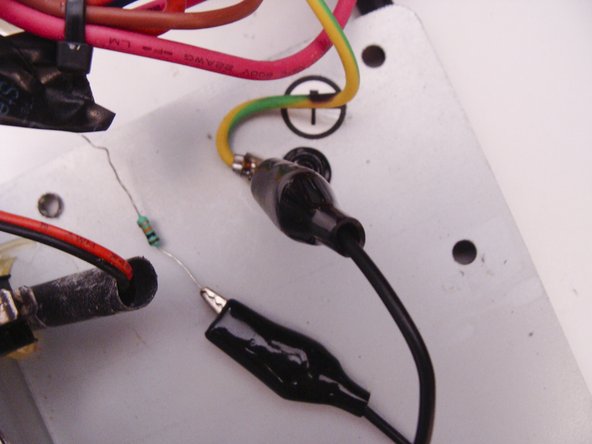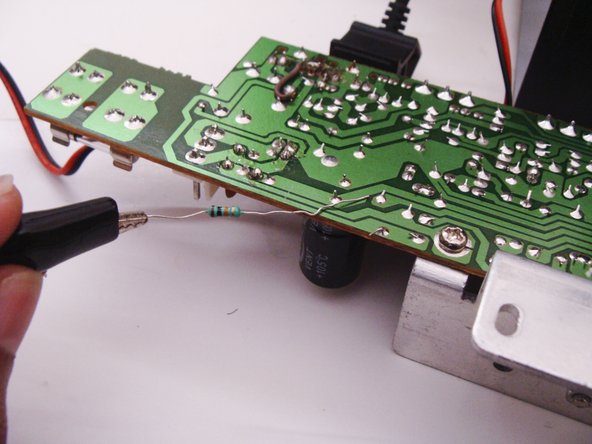How to Disassemble a Small Guitar Amplifier
ID: 136492
Description: This guide takes you through the process of...
Steps:
- Removing the back panel will allow you to access the speaker and main amplifier chassis
- Make sure that the amplifier is unplugged before starting disassembly
- Identify and remove the screws holding on the back panel. On my particular Ibanez, 6 Philips head screws are used
- Usually, guitar amplifiers will have a back panel that covers only around half of the amplifier cabinet, while bass amplifiers will have a back panel that seals the cabinet completely
- The metal chassis houses the amplifier electronics themselves. You will need to remove it from the cabinet in order to access the power supply and main amplifier circuit board
- Identify and remove the screws holding the chassis to the cabinet
- Some mild adhesive may have been used as well. Once you are sure that all screws have been removed, gently push or pry the chassis away from the cabinet
- Disconnect the speaker as shown, and remove the power lead clamp from the cabinet
- The chassis should now be free from the cabinet
- Be careful to avoid contact with the main board, as the power supply filter capacitors may still be holding a significant charge
- To remove the amplifier board from the chassis, you will first need to remove the volume and tone control knobs
- Use a flat blade screwdriver to gently pry the knobs off the potentiometer shafts
- After removing the knobs, use a socket wrench with the appropriately sized hex bit to remove the potentiometer nuts
- Make sure to keep the accompanying washers along with the nuts for reassembly
- Remove the nut and washer holding the 6.25mm guitar input jack to the chassis
- Disconnect any wires going from the board to other parts of the chassis, such as to the power switch or power transformer
- Identify and remove any other screws that might prevent removal of the board. On my Ibanez, two screws held the power amplifier IC heat-sink to the chassis. Removal of the screws and their accompanying lock washers allowed the board to be lifted off with the heat-sink
- Electrolytic capacitors can hold a dangerous charge for months or even years after a device has been powered off, thus, it is always a good safety practice to discharge the capacitors before working on an audio amplifier
- Connect one end of an alligator lead to the chassis ground, and the other lead to an 10K ohm resistor
- Identify the power supply capacitors and touch the 10K ohm resistor's open lead to each of it's leads for a few seconds
- If you are paranoid, you may check with a voltmeter to ensure that the capacitors are safely discharged
- It should now be safe to work on your amplifier's circuit board
















